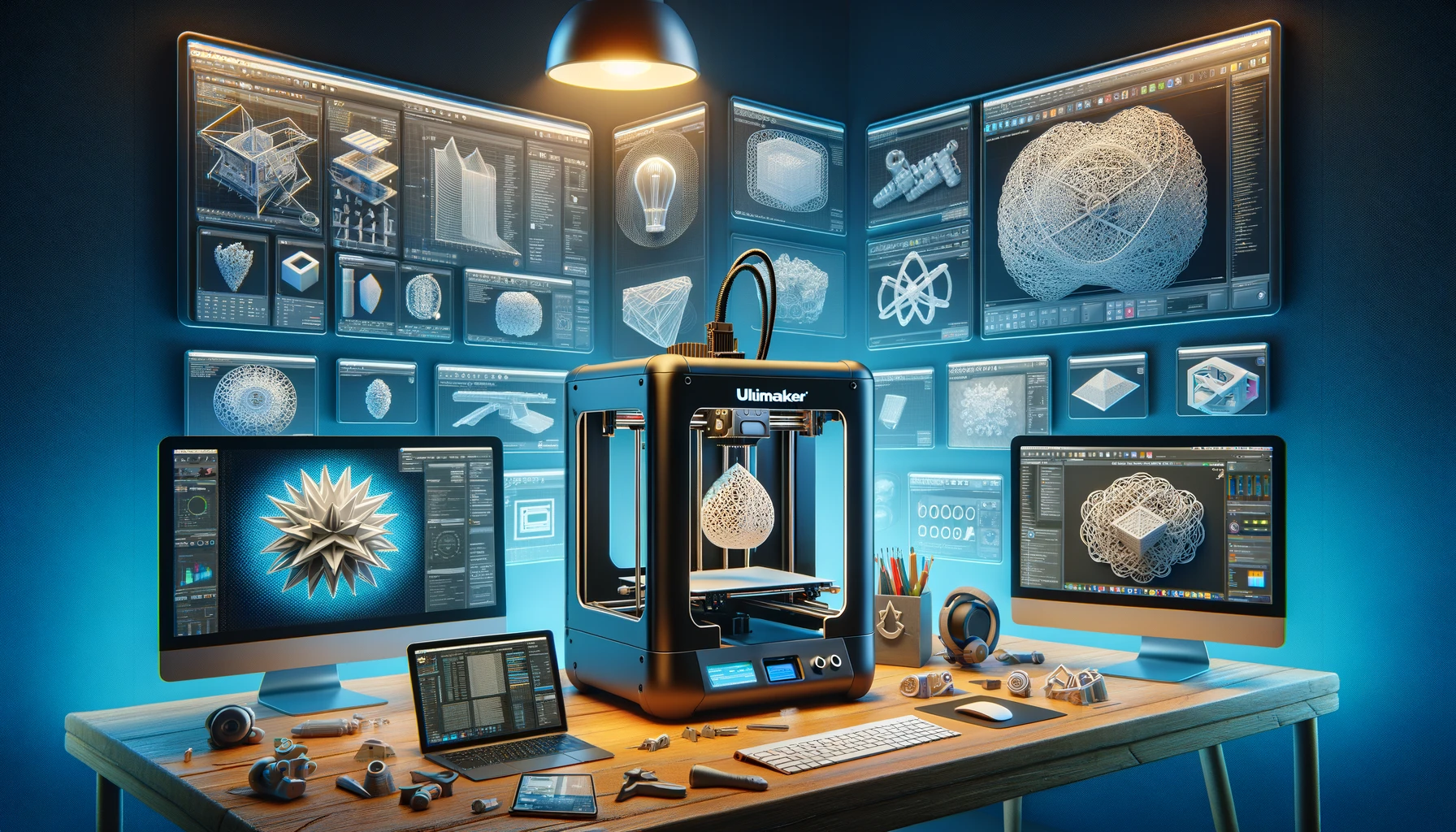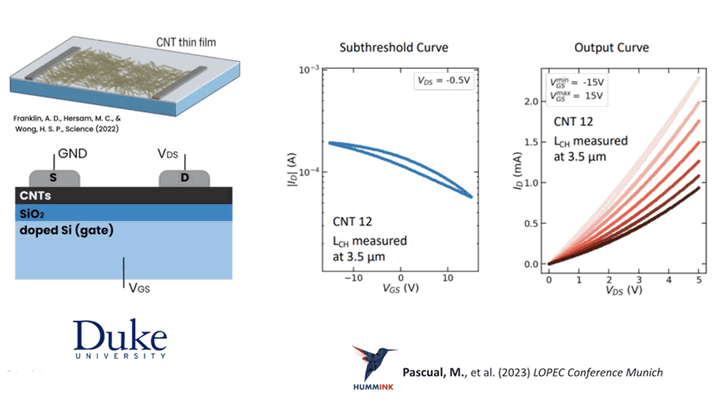What Software To Use For 3D Printing

3D printing is an innovative technology that creates three-dimensional objects from digital models. It has revolutionized industries such as manufacturing and healthcare by layering materials based on a digital file. The choice of software is crucial, impacting the quality, precision, and complexity of printed objects. There are various software options available for different needs and skill levels in 3D printing.
Diverse 3d Printing Software for Every Skill Level and Need
1. TinkerCAD (Beginner Friendly)
- Audience: Beginners, Educators, Hobbyists
- Features: User-friendly, Web-based, Basic design tools
TinkerCAD is a great choice for beginners in 3D printing, with its user-friendly web-based platform and intuitive interface that simplifies the design process. It's well-suited for educational use and simple projects.
2. Fusion 360 (Professional Grade)
- Audience: Engineers, Professional Designers
- Features: Advanced modeling tools, Simulation capabilities, Cloud-based collaboration
Autodesk's Fusion 360 provides a complete set of advanced tools, making it an ideal choice for professionals who require sophisticated features. It is well-suited for intricate projects that demand precise engineering, simulation capabilities, and effective collaboration.
3. Ultimaker Cura (Versatile and Popular)
- Audience: Hobbyists to Professionals
- Features: Compatibility with multiple printers, Customizable settings, User-friendly interface
Ultimaker Cura is a popular slicing software known for its user-friendly interface and compatibility with various 3D printers. It efficiently translates 3D models into printer-readable instructions.
4. Blender (For Complex Modeling)
- Audience: Experienced Designers, Animators
- Features: Detailed modeling capabilities, Animation tools, Open-source
Blender excels in creating detailed and complex 3D models, making it a strong choice for experienced designers and animators. Its advanced tools are suitable for crafting intricate objects.
5. Simplify3D (Professional Slicing Software)
- Audience: Advanced Users, Professionals
- Features: High-quality slicing, Support structure customization, Detailed print settings
For individuals willing to make a financial investment in software, Simplify3D offers advanced slicing features that allow for precise control over the 3D printing process. The software is recognized for its effective support structures and extensive customization opportunities.
6. Meshmixer (For Mesh Editing)
- Audience: Intermediate to Advanced Users
- Features: Mesh editing, Sculpting tools, Repairing algorithms
Meshmixer helps edit and repair 3D meshes. It provides sculpting tools and algorithms to ensure the printability of models, making it a valuable tool for refining designs.
The selection of 3D printing software depends on the user's skill level, project complexity, and their 3D printer's specific needs. Beginners may prefer TinkerCAD or Ultimaker Cura, while professionals often choose Fusion 360 or Simplify3D. Blender and Meshmixer provide specialized tools for intricate modeling and mesh editing. Ultimately, the ideal software aligns with project requirements and improves the 3D printing process.
Related Articles







